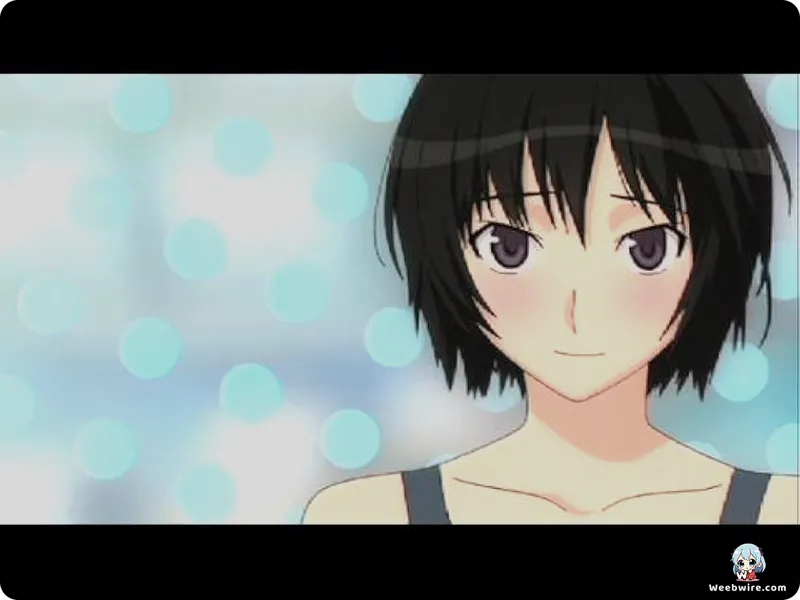Amagami SS: How One Anime Revolutionized Romance by Embracing Multiple Happy Endings

In the vast and often challenging world of anime adaptations, particularly when it comes to visual novels with their multiple story routes, the 2010 series Amagami SS stands out as a truly groundbreaking and surprisingly successful endeavor. Far from being just another romantic comedy, this series, brought to life by Studio AIC, ingeniously embraced its dating simulation origins to deliver an experience unlike any other.
The Revolutionary Omnibus Format
The most captivating aspect of Amagami SS is its revolutionary omnibus format. While most visual novel adaptations typically choose one heroine's route to follow, Amagami SS boldly committed to providing each of its six main heroines with a complete, dedicated four-episode arc. Each arc culminated in a definitive happy ending, meaning viewers were treated to six distinct timelines. Each timeline meticulously detailed protagonist Junichi Tachibana's unique romantic journey with a different girl, from the initial sparks of attraction to a heartwarming conclusion.
This innovative approach was a true game-changer for fans of the original PlayStation 2 dating simulation game, Amagami (meaning "Sweet Kiss"), released by Enterbrain in 2009. As a spiritual successor to KimiKiss, its anime adaptation was highly anticipated. However, few could have predicted that the anime would so faithfully translate the game's core mechanic of branching paths into a linear viewing experience. Instead of forcing a single 'true' ending or a generic harem outcome, Amagami SS offered the profound satisfaction of seeing Junichi genuinely fall in love and build a relationship with each diverse heroine: Haruka Morishima, Kaoru Tanamachi, Sae Nakata, Ai Nanasaki, Rihoko Sakurai, and Tsukasa Ayatsuji.

Each arc felt distinct and complete, allowing for a depth of character exploration and development that would be impossible in a traditional single-route anime. This format also allowed for a nuanced portrayal of the protagonist himself. Junichi, who might otherwise be seen as a typical anime lead, showed remarkably different facets of his personality and maturity across the various arcs, adapting thoughtfully to each girl's unique needs and circumstances. This subtle yet significant strength contributed greatly to the series' overall depth and appeal.
Meticulous Production and Lasting Legacy
The meticulous attention to detail extended throughout the production. Studio AIC masterfully brought Kisai Takayama's original character designs to life, maintaining consistent animation quality across all arcs. Furthermore, music played a crucial role in distinguishing each storyline; every heroine received unique opening and ending theme songs. This personalization enhanced their individual stories and deepened the emotional connection for viewers, serving as a testament to the production's unwavering commitment to the omnibus concept.
The series' widespread popularity naturally led to a second season, Amagami SS+ plus (2012), which continued this unique and beloved format. This follow-up provided two-episode epilogues for each main heroine, further cementing their relationships with Junichi and offering a deeper look into their lives post-confession. This dedication solidified Amagami SS as a definitive example of how to successfully adapt a dating simulation game, delivering a truly comprehensive and satisfying experience for its audience.
The enduring legacy of Amagami SS rests not merely in its charming characters or heartwarming romances, but profoundly in its bold execution of an innovative narrative structure. It proved unequivocally that anime could break free from conventional storytelling norms and offer a truly diverse and fulfilling romantic journey. For these reasons, it remains a must-watch for anyone interested in the unique and expansive possibilities of the romance genre in animation.
Credits
Amagami SS
Author
Enterbrain (original game concept/development)
Cover Art
Kisai Takayama (original character designer)
Studio
AIC
Publisher
Enterbrain
Producers





